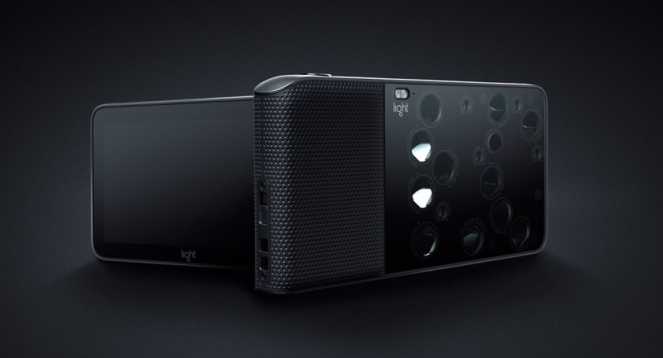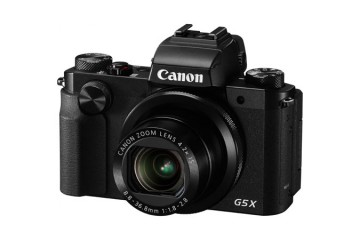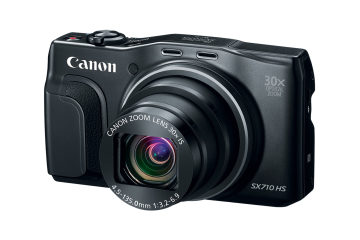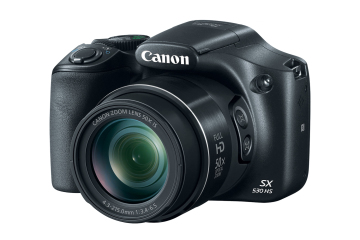The world of photography is ever-changing, mostly due to the evolution of the technology hidden within various cameras. In today’s mobile-centered world, there’s a fairly easy distinction to make between the two primary consumer groups camera manufacturers are gunning for. On one end, we have the casual photographers that rely mostly on smartphone cameras for day to day event capturing. Slowly but surely, smartphone cameras are catching up or even overshadowing compact digital cameras, bringing a plethora of advantages and somewhat making the latter less and less desirable. Why grab a $300 compact camera when your phone does the job just as well, and doesn’t take up additional space, right?
On the other hand, we still have professional or enthusiastic photographers that require more oomph that whatever the latest iPhone or Galaxy phone can offer. This crowd however generally guns for a DSLR camera, a dedicated device that does one job, but does it well. One company however is trying to bridge the gap, offering a new, innovative product that could just please both crowds. That’s what Light is aiming for anyway with its new L16 camera. At a first glance, the name doesn’t say much, but when you learn that the L16 actually has 16 individual cameras hidden within, it’s starting to make sense.
With better and better cameras in smartphones becoming commonly available, Light has taken this technology and fused it into one product, filled with competent, high quality, plastic-lense using cameras. Marketed as a much more portable and compact DSLR (something that common compact cameras were representing so far), the L16 promises to bring similar photographic quality to higher ranged professional cameras, while retaining a compact, easy-to-carrry format. The L16 has five 35mm modules, five 70mm modules and six 150mm modules on one side, all connected and controlled by a 5-inch display on the other side. It’s like a smartphone that you can’t use as a phone, but that compensates by having 16 distinct cameras. Is 16 overkill? Perhaps, but it’s an original approach in terms of design nevertheless.
Each module is a 13 megapixel camera, and the L16 can actually merge multiple shots from all these cameras into one rendered image that can go up to 52 MP in size. This computational photography, as the company calls it, can also be used to provide high-quality shots in low-light conditions, something that most smartphones struggle with to this day. Truth be told, it’s hard to know just how effective Light’s innovative design is without properly reviewing it, but first impressions from the select few that have tried the camera out are positive. Can you expect professional-quality photos that compete with the highest-tier DSLR cameras? Most likely not, but seeing as the L16 is currently available for pre-order for $1,299 (it will cost $1,699 once officially launched), it’s priced adequately enough to compete with most entry-level DSLR cameras, with the added benefit of taking up a lot less space and saving users from switching between lenses frequently.
We’ll be sure to provide feedback on the actual photographic capabilities of the L16 once we get a chance to properly review it, but for now, it’s at least a camera that has peaked our interest.




